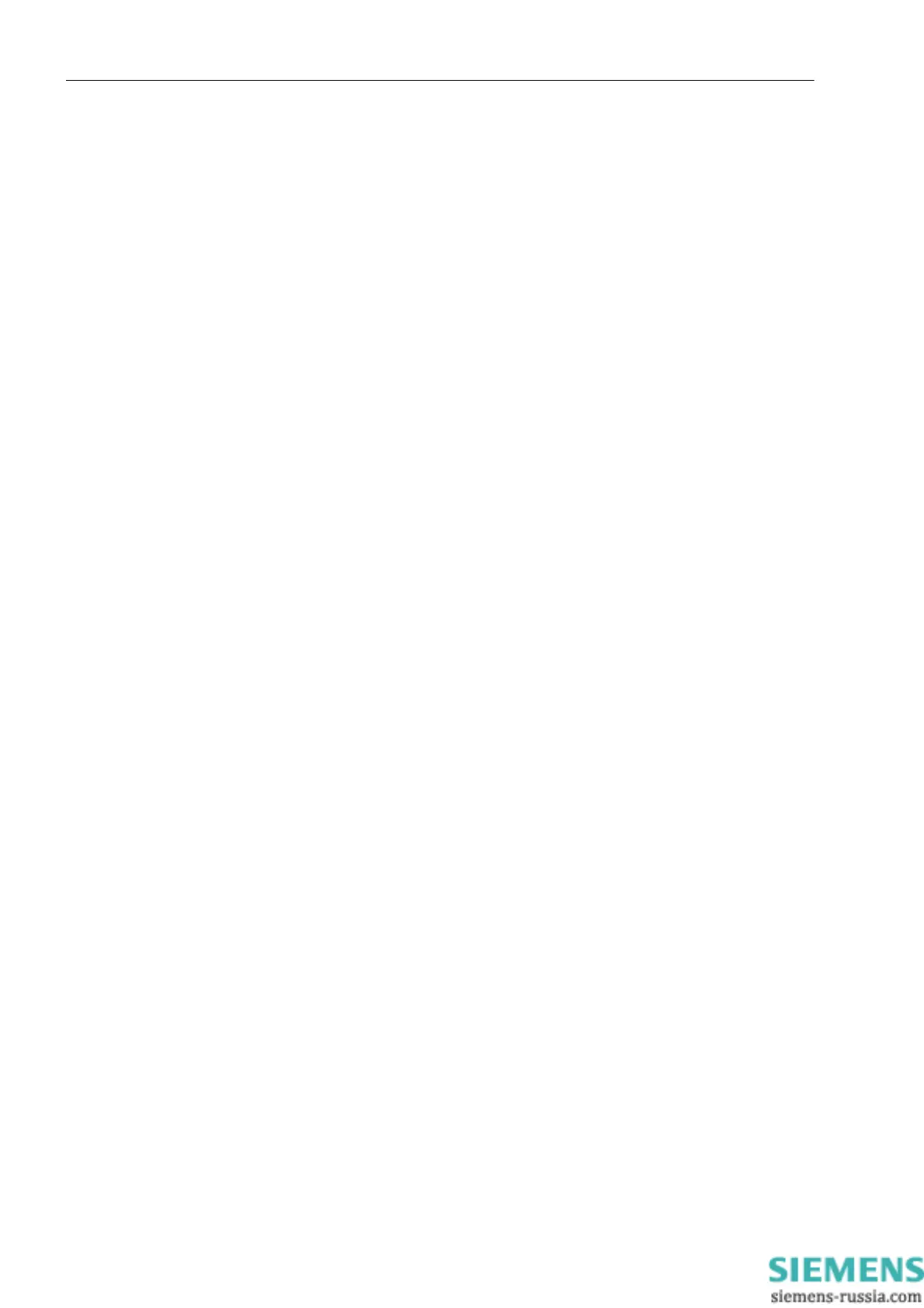Introduction
1.3 Characteristics
SIPROTEC, 7SD80, Manual
E50417-G1140-C474-A1, Release date 09.2011
26
Flexible Protection Functions
• Up to 20 customizable protection functions with 3-phase or 1-phase operation
• Any calculated or directly measured variable can theoretically be evaluated
• Standard protection logic with a constant (i.e. definite time) characteristic curve
• Internal and configurable pickup and dropout delay
• Editable indication texts
User-defined Logic Functions (CFC)
• Internal and external signals can be logically combined to realize user-defined logic functions
• All common logic functions
• Time delays and limit value interrogations
Command Processing
• Switching devices can be opened and closed manually using control keys, programmable function keys, via
port B (e.g. of SICAM or SCADA), or via the user interface (using a personal computer and the DIGSI oper-
ating software)
• Feedback of the circuit-breaker states via the breaker auxiliary contacts (for commands with feedback)
• Plausibility monitoring of the circuit-breaker positions and interlocking conditions.
Commissioning; Operation; Maintenance
• Indication of the local and remote measured values according to magnitude and phase angle
• Indication of the calculated differential and restraint currents
• Indication of the measured values of the communication connection, as runtime and availability
Additional Functions
• Battery-buffered clock which can be synchronized via a synchronization signal (DCF77, IRIGB via satellite
receiver), binary input or system interface
• Continuous calculation and indication of operational measured values on the front display, indication of mea-
sured values of the far end or all ends (for devices with active interfaces)
• Fault event memory (trip log) for the last eight network faults (faults in the power system), with real time
stamps
• Fault recording and data transfer for fault recording for a maximum time range of 15 seconds.
• Switching statistics: Counting of the trip and close commands initiated by the device as well as recording of
the short-circuit data and accumulation of the disconnected fault currents
• Communication with central control and memory components via serial interfaces possible (depending on
the ordered variant), optionally via RS232, RS485 connection, modem or fiber optic cable
• Commissioning aids such as connection check, direction check and circuit-breaker check
■

